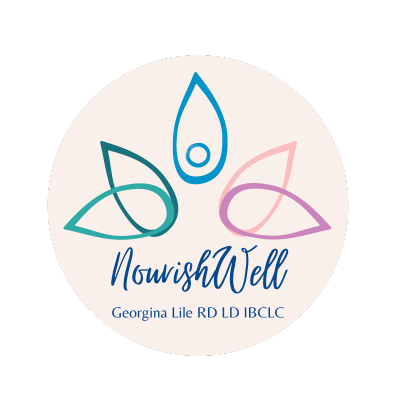Baby-Led Breastfeeding
Babies like all other mammals are born with the innate ability to get to the breast, attach to it and transfer milk. When born without labor medications and immediately placed on mom’s belly, babies go through a predictable sequence of behaviors leading to baby latching onto the breast and nursing.
Labor medications and separation from mom can disrupt this sequence of behaviors and lead to a difficulty latching and disorganized sucking patterns. Doing skin to skin contact as soon as possible and often, can reset and reestablish the original sequence of behaviors that will assist the baby to attach.
Baby led latching after birth works best when babies are placed skin-to-skin on mom’s abdomen immediately after birth. Moms should be in a reclined position so the baby’s position is stabilized by gravity. Studies have documented the sequence behavioral sequence to look like this:
Birth Cry > Relaxation > Awakening > Activity > Crawling > Resting > Familiarization > Suckling
When infants begin looking for the breast, they scan mom’s chest with their cheeks and move toward the breast. This is called the breast crawl. Mom’s nipples have Montgomery glands that release scents that attract the baby to the nipple. Once the baby finds the breast, they extend their neck and lead with their chin. When the chin contacts the breast, the baby starts seeking the nipple. The baby may use their hands to assist in the search. When the nipple contacts the baby’s philtrum ( the space between the nose and the upper lip), the baby’s mouth gapes widely, latches and begins to suck.
This process can take time. They may stop and rest several times between activities. They may suck on their hands periodically. This is all normal. An unmedicated baby will typically self attach within 20-60 minutes of birth. It’s best for mom not to assist in this process because it can disrupt those innate behaviors. Healthy, neurotypical babies just need stability against mom’s body.
Rapid learning occurs in this first feed. In this position, the baby can open their mouth wider and achieve a better latch. Nursing in this position typically causes less soreness due to a wide gape and latch that this position naturally encourages. This is the position teadh prenatally and recommend moms use for the first few latches. Nursing in this position through the first few feeds helps to establish good breastfeeding behaviors by building muscle memory in the baby’s oral structure. It gets breastfeeding off to the best start.
You can search “breast crawl” on YouTube and find many examples of this. Here is a video created by the Global Health Media Project demonstrating the breast crawl.
If you would like to schedule a prenatal breastfeeding class or have any problems getting started, contact me with your questions or book an appointment to see me in person or online.
GEORGINA LILE IS AN IN-NETWORK PROVIDER FOR AETNA
Many Aetna plans cover up to 6 visits with a lactation consultant if you need support with breastfeeding or a prenatal breastfeeding class; with no out-of-pocket cost to you.
During the Covid-19 pandemic, Aetna is covering virtual lactation care from an in-network provider like myself at no cost to you.
She also accepts some Blue Cross Blue Shield, Cigna and United Plans through Lactation Network. Coverage varies
